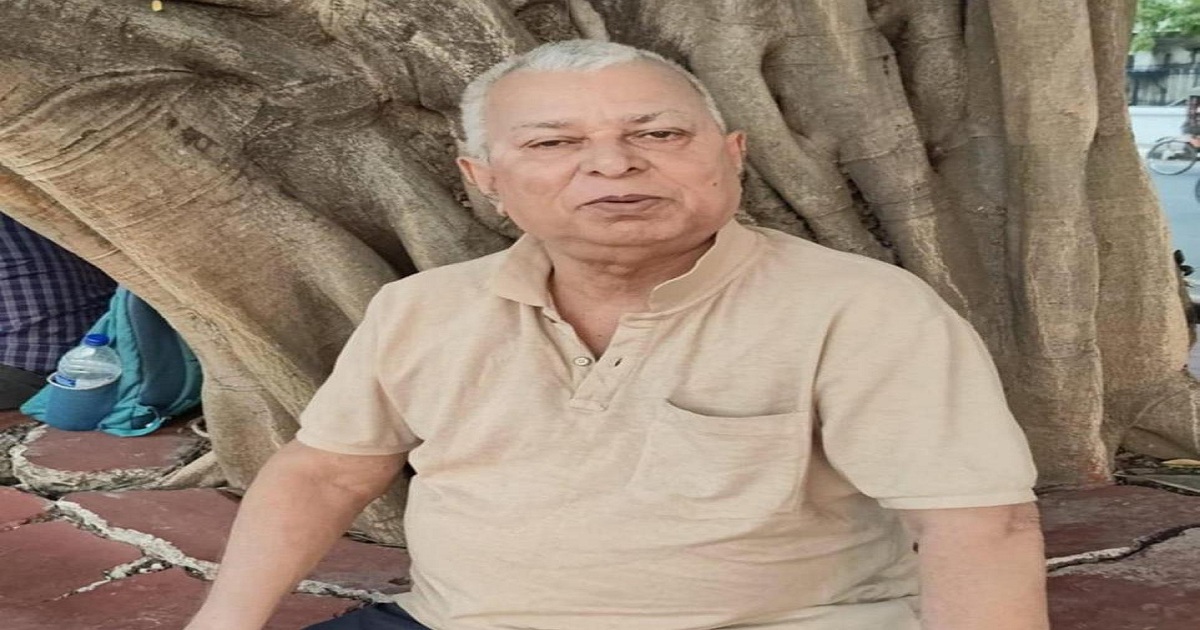The Nobel Peace Prize: Light and Shadow on the World’s Stage!!!
Biswanath Bhattacharya
October 12, 2025

The Nobel Peace Prize gleams at the heart of every calendar, its golden medallion a lighthouse in the fog of human discord, its ceremony a mirror reflecting the aspirations and fractures of people everywhere. Like the first rays of dawn breaking over a tumultuous sea, the Prize promises hope and unity, but in its shimmering surface, the shadows flicker too—the stories of debate, disappointment, and division that have accompanied its journey since Alfred Nobel’s final testament carved the prize into existence.
To many, the Nobel Peace Prize is a chalice raised in celebration of humanity’s highest ideals, yet in its very shape lies the evidence of paradox, for every accolade is also an invitation to scrutiny. The Prize’s history reads, at times, like a gallery of paradoxical portraits: laureates hailed as peacemakers while their hands still bear the stains of conflict. Consider the controversial awarding to Henry Kissinger in 1973; many saw it as a thunderclap of irony, for the Vietnam War’s wounds remained raw, and the peace achieved seemed more a patchwork quilt than a seamless garment. The selection of Barack Obama in 2009, only months into his presidency, ignited murmurs across continents, some calling it a forecast of promise rather than a recognition of accomplishment, a ribbon tied not for deeds, but for dreams yet unfulfilled. The Prize, in these moments, resembles a coin spinning on its axis—one face engraved with hope, the other with doubt.
The Nobel committee’s decisions have often been likened to a painter choosing which colours to mix for a mural destined for a world gallery: sometimes vivid, sometimes muted, sometimes unsettling. Omitted from the canvas are figures such as Mahatma Gandhi, whose absence is frequently cited as the Prize’s most glaring omission. Gandhi, the gentle architect of nonviolent resistance, was never awarded, and the silence around his name became a quiet echo—a reminder that the Prize can be both a spotlight and a shadow, illuminating some stories while leaving others in twilight. Critics have pointed to the committee’s Nordic roots and the fog of geopolitics, suggesting that choices are shaped by invisible hands and shifting alliances, as much as by principle. There are also instances where the Prize has waded into turbulent waters: the recognition of Yasser Arafat, Shimon Peres, and Yitzhak Rabin for their roles in the Oslo Accords painted peace in uncertain hues, with many questioning whether the laureates’ pasts could ever be reconciled with the visions of the future the Prize intended to honour.
Yet, the Prize is not merely a ledger of controversy; it is also a chalice overflowing with attempts at reconciliation, a tapestry stitched with threads of complexity and grace. Sometimes, the Nobel Peace Prize serves as a bridge arched over chasms of mistrust and memory. When Nelson Mandela and F.W. de Klerk were honoured together, it evoked the image of two weathered hands clasped across the ruins of apartheid, each carrying scars, each offering olive branches. The Prize has evolved, expanding its definition of peace: from traditional diplomacy and treaties to campaigns against landmines and nuclear weapons, from environmental stewardship to the defence of human rights. The recognition of Malala Yousafzai, the youngest laureate, was like a songbird’s call in a war-torn forest—a testament to courage and the belief that peace is not simply an absence of war, but the presence of justice and opportunity.
Defenders of the Nobel Peace Prize argue that its imperfections are not flaws, but reflections of the messy, beautiful scope of human endeavour. The Prize is a prism, bending the sunlight of intention through the clouds of history, revealing not just triumphs but the compromises and half-steps that mark every real journey towards peace. Laureates may be imperfect, their legacies tangled, but perhaps that is precisely the point: peace itself is a living tapestry, woven from the threads of hope, pragmatism, and the ceaseless churn of change. In awarding the Prize, the committee does not freeze a moment in time, but rather lights a torch in the labyrinth, inviting all to follow, to question, to dream.
In the end, the Nobel Peace Prize stands not as a monument chiselled in stone, but as a river that reflects the shifting colours of the sky—a watercourse shaped by the currents of politics, the winds of history, and the stones of controversy. Its story is written in the language of compromise, embroidered with the gold and shadow of human aspiration and disappointment. To look upon the Prize is to gaze into the mosaic of global values, to see not only what we have achieved, but also what remains unfinished. And so, each year, as the Prize is bestowed, the world gathers to witness a ceremony that is not the end of a story, but the turning of a page in the never-ending book of peace—a testament that even amid discord, the longing for harmony continues to shimmer, persistent as the morning light.
(Tripurainfo)
more articles...